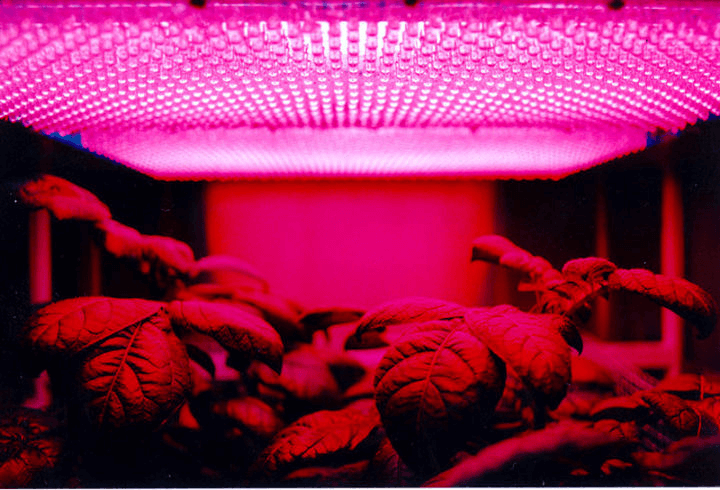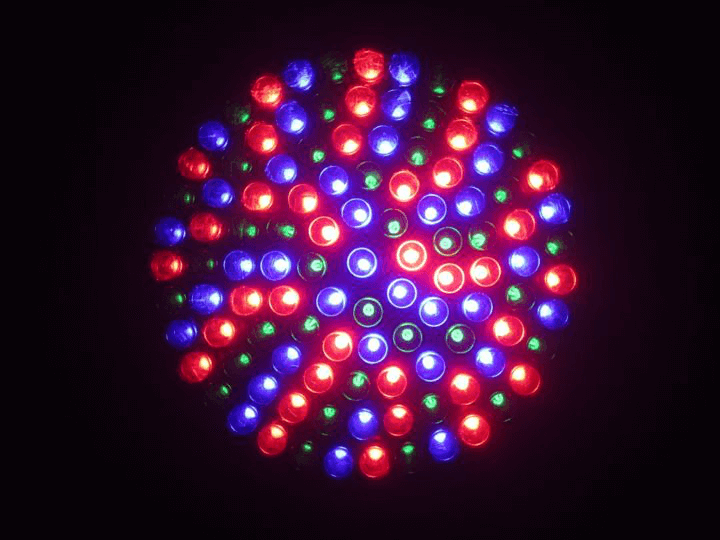
LED plant light filling lamp purchase skills
- date: 2021-12-01
- category: Industry knowledge
- click:
If you want to grow plants but live in an area where there is not enough natural light, you can choose to use LED plant growth lights. In areas where there are likely to be long winters, plants have trouble growing because they cannot photosynthesize. The next best option is to use LED plant fill lights, so if you're going to buy some, here are some tips:
What kind of plants do you grow?
Before buying indoor growth lights, you must know what you are going to use them for. Since their main purpose is to provide light for plants to use in photosynthesis, you need to know what kind of plants will be growing. You won't be using it to provide bright lights in your home or anywhere else.

When you already know which plants to plant, do some research. Find out what conditions they thrive under so you can provide them with their needs. LED plant fillers may have different functions that affect plant lifespan, and different plants respond differently to various conditions.
What is your acreage?
If you plan to grow plants in your home, you may not need a lot of LED plant growth lights. However, if it is a large greenhouse, several units are required. You need to know the surface area so that you can calculate the amount of light that should be supplied.
If the surface area is large, consider using multiple cells so that each plant receives enough light. The ones that are directly under the light don't get the problems of photosynthesis because they get enough light. However, people who live away from single light may struggle to grow up healthily.
How many angles to judge the quality of LED plant lights?

LED plant supplementary light is the cutting-edge solution for indoor plant growth, especially for biological greenhouse. Therefore, when buying LED plant fill light lamp, you need to consider its durability, mainly lamp bead, fan heat, power supply three major parts. The structure must be of high quality, low-end cheap inferior lighting will waste your investment.
In addition to being reasonably priced, you need to find devices that don't flicker or generate too much heat. In order for plants to flourish, they need plenty of light, so if your light is constantly on and off, the plants won't receive as much light as they need. Too much heat can damage equipment as well as damage it. Poor construction can lead to overheating.
PAR
Photosynthetically active radiation, or PAR, is light that is beneficial to plants. It's a substitute for sunlight that plants use, so they can photosynthesize. LED plant growth lights can have different PAR values depending on the manufacturer. Having said that, a higher PAR doesn't necessarily mean a better bulb.
Pars should be evenly distributed between plants, which is why you need to know the surface area of the garden, because those directly in the light will get more PARs, while those farther away won't. The best LED growth lamps you should consider are those that can evenly distribute the PAR.
Make sure it has a proper cooling system
LED plant growth lights can overheat, especially if you use them for at least 15 hours a day to provide enough light for your plants. As mentioned earlier, overheating can be harmful to your plants and equipment itself. Therefore, your LED plant light should have an efficient cooling system.
The heat in the LED bulb occurs at the back, so there should be a radiator in the area. It gives off heat so it doesn't overheat equipment or plants.
Dimmable lamp
It can be difficult to choose LED light because many different brands make a variety of variations. Each product will have various features that may or may not benefit different users.
The best ones you'll probably find are those that offer dimmable lighting. Dimmable LED plant fill lights are very effective because you can adjust them as needed. You can schedule when to turn lights on and off, so you don't have to do it manually. Some even let you adjust the intensity and spectrum of light to suit the plants you're growing.
Don't be cheap
LED plant fillers are not cheap. Regular LED bulbs for home lighting are not as cheap as incandescent or fluorescent bulbs, so you can expect them to cost a lot for LED growth lights that can give life to plants.
While you may be able to find a cheaper LED plant fill light variant, consider whether it's really worth it. Sometimes, cheap doesn't always save money because of poor quality, and it may even cost you more to repair or replace. Therefore, always choose the product with the highest value.
Final advice
LED plant supplement light is a revolutionary solution for plant growth. Relying on sunlight to grow plants is not always enough, especially for places that experience long, sunless winters. Now, you can even grow plants in your home. So if you are planning to buy LED plant growth lights, be sure to consider the tips above in order to find the best tips for your plants.
